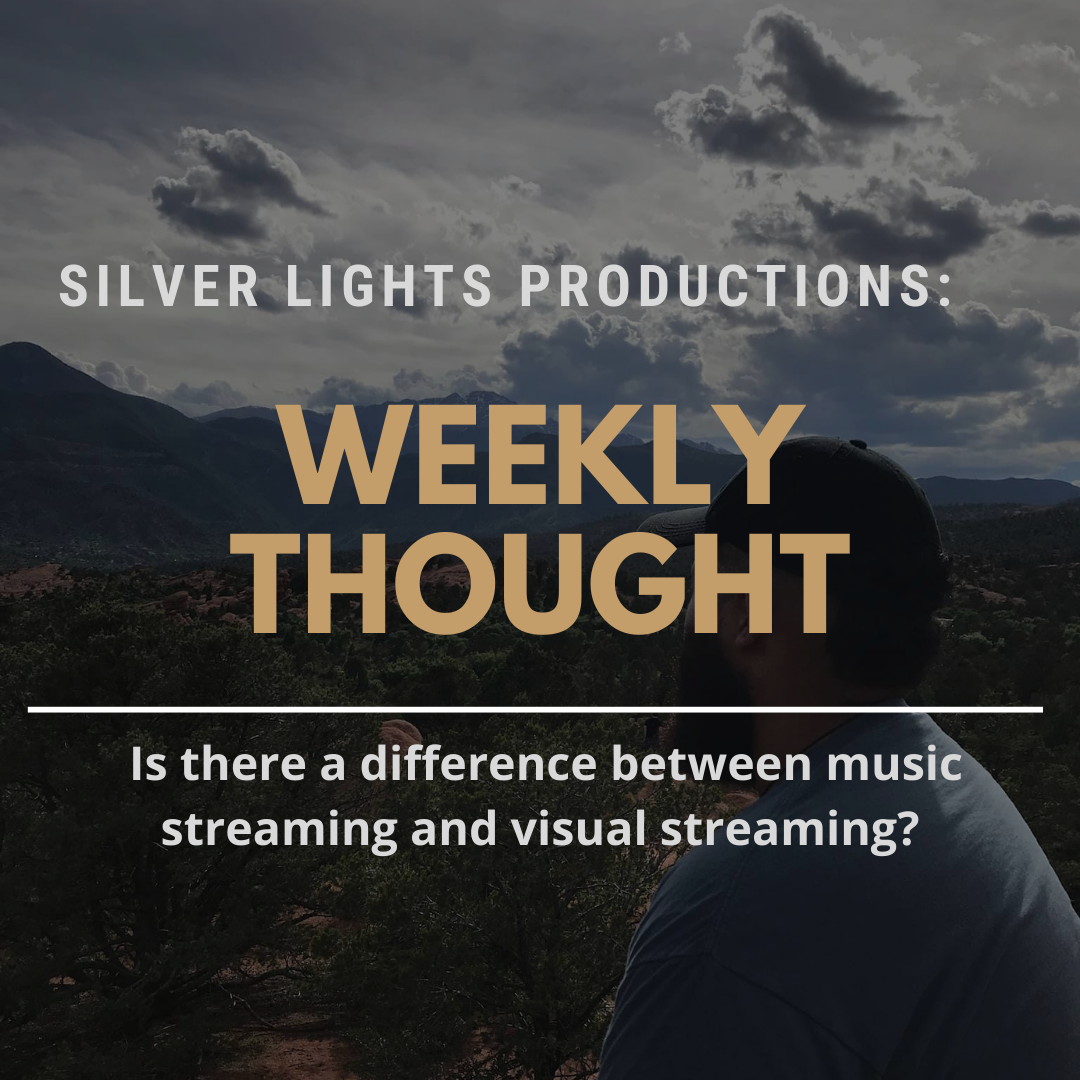Weekly Thought: Is there a difference between music streaming and visual streaming?
Once a week, I would like to try to create a post involving something that's on my mind. I'm the kind of person that looks at a painting and wonders how it feels to be hanging on a wall. I wonder If it misses the artist the painted it and if it's jealous of the artist's other painting. I'm just free-spirited. I hope I can freely think on the blog and entertainment someone with these thoughts.
As a musician, I’ve had to learn the ins and the outs of streaming services. During my studies on streaming services, I constantly came across these debates called, “Spotify Streaming vs Twitch Streaming.” In these debates, they would compare the ability to reach mainstream audiences with an auditory streaming service in comparison to a visual live streaming service. Although there are many differences between the two genres of streaming entertainment, I believe that their paths to mainstream success are the same.
First of all, the services might look different from each other, but both of them are controlled by algorithms. These algorithms push the content for Spotify and Twitch to users that enjoy the specific genre of entertainment. Spotify and twitch also create algorithms that will put you in front of audiences of your genre if you consistently create content and grow your audience organically. Another reason I believe Spotify and Twitch share the same path to user success is that it’s all about knowing your audience. You might perceive the two media differently, but if you’re targeting an audience on either platform that does not like your content, then your chances of success are small. Even if you are targeting the right audience, neither streaming services would help the content creator if you don’t know where they are or when they’ll be there. Lastly, the need for a good ratio between unique content and consumable content is the biggest similarity these services have. It doesn't matter if you're streaming music or visual content. If your content is just like everyone else’s, then you'll have to compete against millions of people who are trying to attract the same audiences. On both services, it works the opposite way if you are too unique.
You may not be competing against people for consumer attention, but there are less consumers looking for something that they haven't seen before. When you break down the streaming services into these categories, you start to see that their paths to success are the same. Even though they do not have the same content, they have to compete with the obstacles to reach success.

.png)
.png)
Comments
Post a Comment